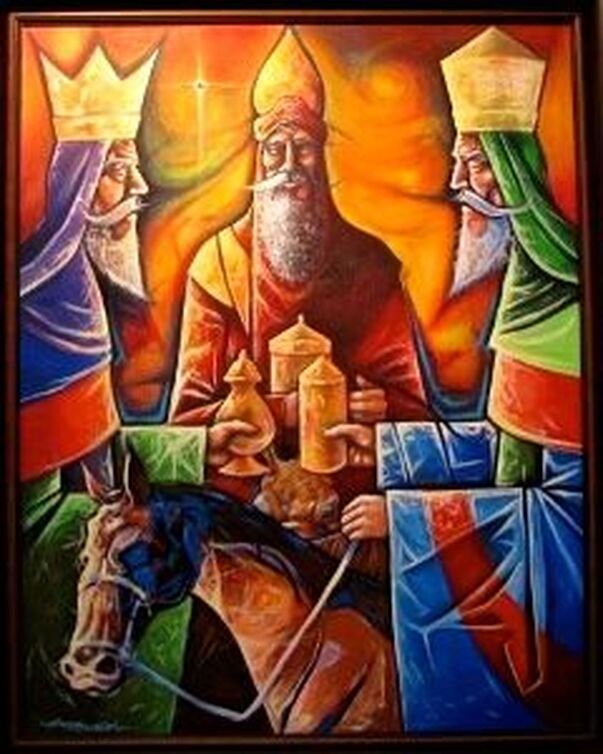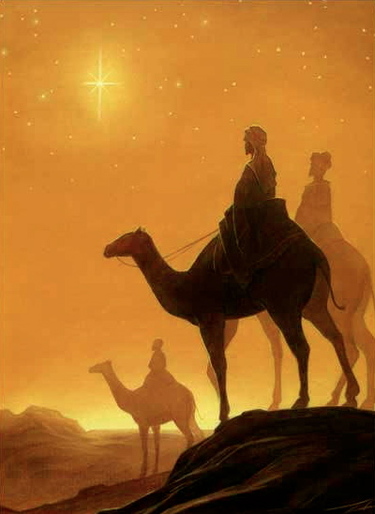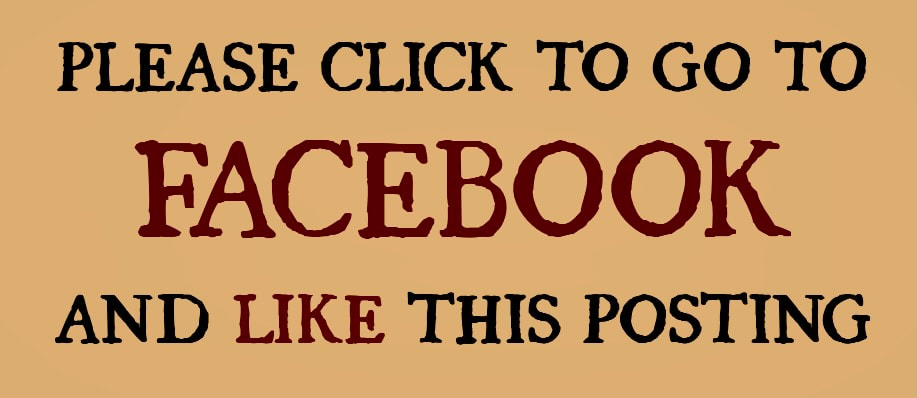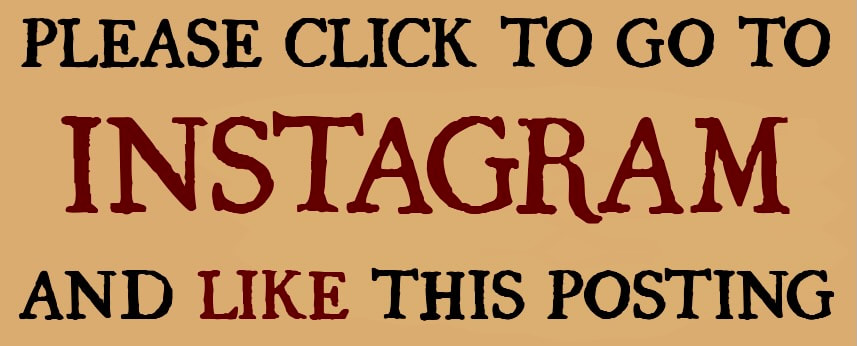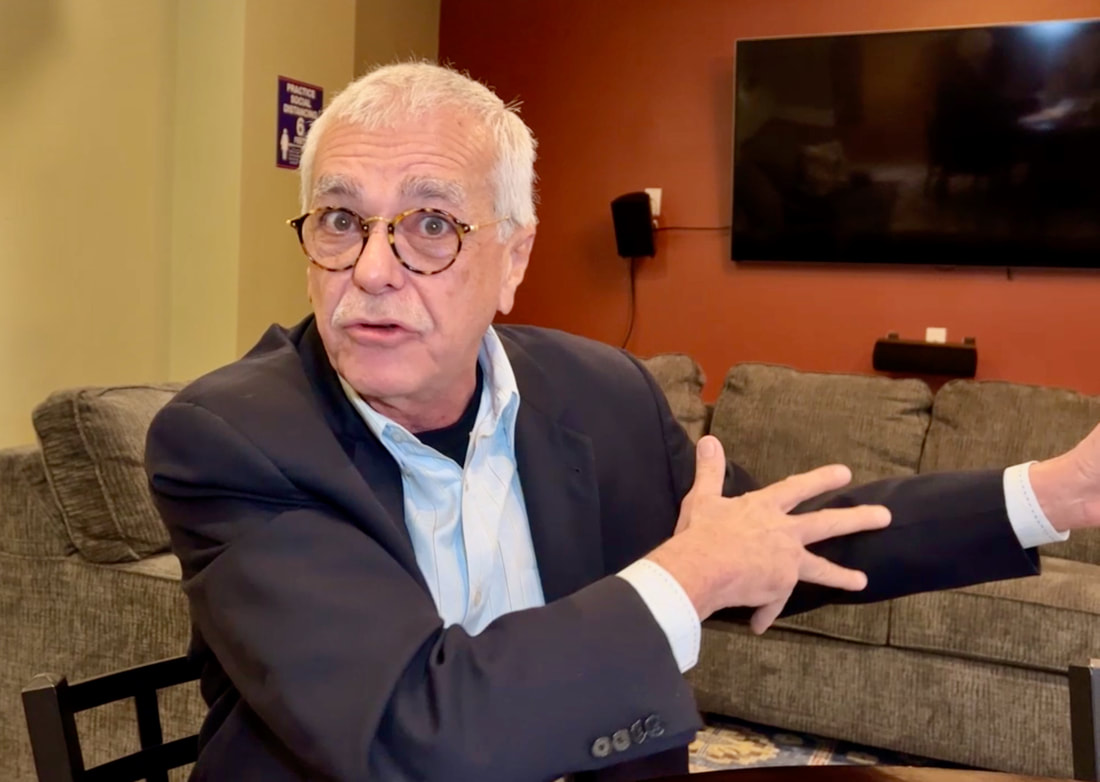Three Kings Day or Insurrection Day?
THE SACRILEGE OF A WONDERFUL CHRISTIAN HOLIDAY
|
By Miguel Pérez
January 1, 2022 - Growing up as a child in my native Cuba, no day in the entire calendar was more special. Nothing came close. Not even my birthday could compare to the day the Three Wise Men left gifts under my bed every year.
Santa Claus did not come to my house. Like most other children in Latin America and Spain, I grew up receiving overnight gifts not from Santa on Christmas Day, but from the same Three Kings who visited the Baby Jesus in a Bethlehem manger. And it was on January 6, according to the Bible, the 12th day of Christmas — the day Christians celebrate the Feast of the Epiphany. So, to many U.S. Hispanics, they are much more than figurines in the Nativity mangers under our Christmas trees. They are Melchor, Gaspar and Balthazar, those three magical figures who rode camels and left us toys every year when we were kids. |
|
|
And yet tragically, because of last year’s insurrection at the U.S. Capitol, because an American president tried to overturn the results of a free and fair election, January 6 has become a day that will live in infamy.
For those of us who cherish Three Kings Day, watching those rampaging lunatics on television last year was traumatic. We had even one more reason to see it as one of the most shameful days in American history. They were desecrating our holiday! Even until last year, having passed that tradition to my daughter, this was the day when gifts were exchanged in my family. For the first 70 years of my life, January 6 had been a cherished family holiday. |
|
|
And that’s the way it has been for millions of Hispanics all over the world. To us, you just had to say “El Seis de Enero” (January 6), and we knew exactly what you meant. “El Día de los Reyes Magos.” And there was a good chance that you would also be making us smile, evoking wonderful memories!
But in the news nowadays, even on the Spanish-language stations, when they say “January 6,” instead of images of children rejoicing as they plan to receive the Three Wise Men, they show us images of hundreds of violent savages – traitors claiming to be patriots – assaulting the U.S. Capitol. Instead of a manger and the Baby Jesus, and the peace that it brings to our souls, they show us violent efforts to disrupt the peace secured by our democracy. The news media has made January 6 synonymous with the insurrection! Bottom line: If you think the events of last January 6 were treacherous, disgusting, un-American, and just downright repulsive, imagine how you would feel if that had always been your greatest day of the year! |
|
|
Isn’t it amazing that a beautiful Christian holiday was desecrated by people claiming to be Christians? And if you are still trying to justify the assault on the U.S. Capitol, what’s wrong with you?
Some background: In the U.S. Hispanic community, where the commercialization of Santa is overpowering, for many years, people have been fighting an uphill battle to keep the Three Kings tradition alive. Even in Latin America, influenced by the U.S. media, Santa's popularity has increased dramatically in the past few decades, and many Hispanics fear that old St. Nicholas is replacing the Three Kings and the Christmas story that has a biblical foundation. Nevertheless, to many Hispanic immigrants, myself included, Santa Claus is an American tradition we respect and embrace. But Los Reyes Magos are a Hispanic tradition we must preserve and pass on to their children! Just as we teach our children that there is a Santa Claus capable of flying on a sleigh, surely, we can explain — as our parents did with us — that worldwide overnight toy delivery also can be accomplished by three kings riding on camels. |
|
|
In fact, this is the way that many U.S. Hispanic parents have been able to instill ethnic pride in their children at a very young age. Having their own Hispanic holiday gets children started in learning the culture and observing the traditions of their ancestors.
Of course, Santa is also welcomed in our homes, but not at the expense of our own precious holiday for Hispanic children! Until now, we have refused to let it fade into oblivion. Instead of allowing Santa to give away all the presents, we simply ask him to set some aside for “Los Tres Reyes Magos.” To save our Three Kings tradition, for many years, Hispanics throughout this country have organized community events – religious processions, Nativity Scene reenactments, toy drives, music and dance shows, children’s theater and even parades featuring the Three Wise Men riding camels. In the past, when people spoke of a “January 6 Committee,” it was usually a group of local community members planning one of these events. Now, “the January 6 Committee” has a totally different connotation. Before, it meant “planning a celebration.” Now it means “investigating an insurrection.” What a shame! |
|
|
On social media in recent years, there have been huge efforts to revive The Three Kings. Many Hispanics have refused to choose between magical figures who come bearing gifts. They have been writing moving testimonials, recalling some of the best times of their lives — brought to them by both Santa and the Three Wise Men. It was a ray of hope for those of us who insist on preserving our Three Kings Day.
But what happens now that such a beautiful day has to compete with such an ugly day? If competing with Santa was difficult, how do we compete with an insurrection? To make matters worse, now we have to deal with Covid-19 forcing us to avoid mass gatherings. Normally, Three Kings Day events would be held in schools, libraries, museums, churches, and community centers. But that’s not likely to happen in many places now. Even El Museo del Barrio, host of the great Three Kings Parade through the streets of East Harlem, will turn its 45th annual celebration into “virtual” presentations on their YouTube channel. But it must be said that El Museo and other community organizations still hosting Covid-safe events deserve kudos for their persistence! See: https://www.elmuseo.org/3K2022/ |
|
|
Anticipating what we may do for Three Kings Day this year, and knowing how I feel about this issue, my daughter Lilia, now 28, asked me a very blunt question recently: “So what are you getting me for Insurrection Day?”
She was being sarcastic, of course, but it was a clear way to tell me she understood my pain. I told her that we must keep the faith, that despite the barbaric behavior of those who stormed the U.S. Capitol, and the damage they have caused to a wonderful holiday, Melchor, Gaspar and Balthazar will still come to visit many Hispanic homes, if we remember to invite them! Originally published in: INSIDERNJ.COM |
|


